RAMP Warm up For Powerlifting: A Step-By-Step Guide
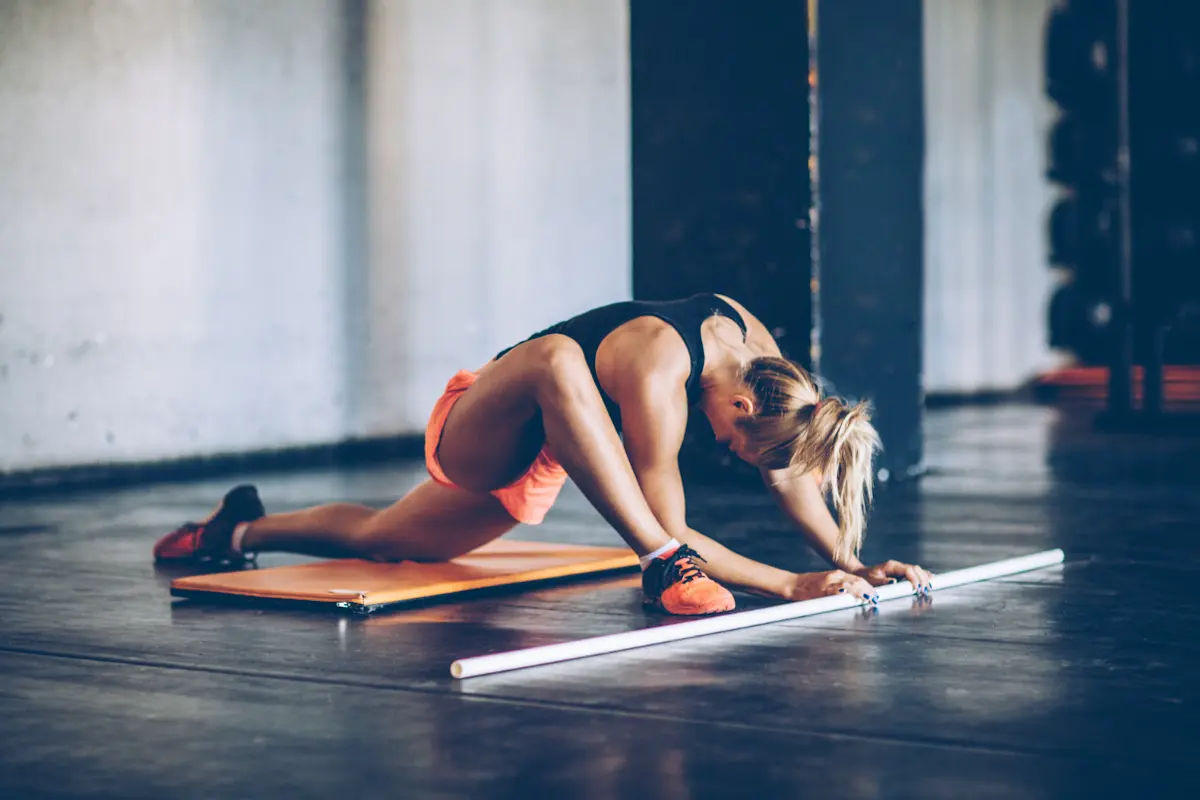
What's In This Article
- Key Highlights
- Introduction: How to Warm up for Powerlifting
- Step 1: Raise
- Step 2: Activate
- Step 3: Mobilize
- Step 4: Potentiate
- Example RAMP Warm Up for Powerlifting
- Conclusion: R.A.M.P Warm Ups
- Frequently Asked Questions
- References
- Resources
Key Highlights
- The R.A.M.P. method is a structured warm-up approach consisting of Raise, Activate, Mobilize, and Potentiate phases.
- The "Raise" phase increases body temperature and heart rate through light cardiovascular exercises, preparing the body for intense activity.
- "Activate" focuses on engaging specific muscle groups in powerlifting movements like squats, bench presses, and deadlifts.
- "Mobilize" involves dynamic stretching to improve flexibility and joint range of motion and reduce injury risk.
- The "Potentiate" phase gradually increases lifting intensity, priming the nervous system and muscles for the main workout.
Introduction: How to Warm up for Powerlifting
In powerlifting, the efficacy of a structured warm-up routine must be balanced between injury prevention and performance enhancement. A 2010 meta-analysis by Fradkin et al.concluded that: "A warm-up was shown to improve performance in 79% of the criterions examined. This analysis has shown that performance improvements can be demonstrated after completion of adequate warm-up activities."
Central to this approach is the R.A.M.P. method, using the acronym RAMP for Raise, Activate, Mobilize, and Potentiate. It includes lots of ways to prepare the body for heavy lifting.
The method was developed by Ian Jeffreys, Emeritus Professor and world-renowned and award-winning coach, educator, and author, who stated that it was time to reevaluate and modify our warm-ups and use a completely new thought process.
Michael Evans, an osteopath and trainee strength training coach, has written about the RAMP protocol in the context of strength and conditioning. He is also a competitive powerlifter and discusses applying the RAMP method effectively in warm-up routines. He states, "A warm-up has many benefits such as physical and mental readiness for activity, reduced injury risk and improved performance."
Numerous studies have supported the method:
- A 2018 study by Sanchez et al. compares the effects of traditional warm-ups with two PAP warm-up strategies based on the RAMP model. While the study primarily focuses on PAP, it emphasizes the importance of the RAMP structure in designing effective warm-ups for athletes, particularly at different competitive levels.
- A 2017 review by Racinais et al. focuses on building an effective warm-up using the RAMP model, especially in hot environments. It recommends adjusting the warm-up to account for environmental conditions and reduce the risk of heat illness.
- A 2022 study by Eken et al. observed that the Judo performance of experienced participants was enhanced following a RAMP warm-up. This suggests further evidence for the efficacy of the RAMP method in preparing the body for intense physical activity.
Step 1: Raise
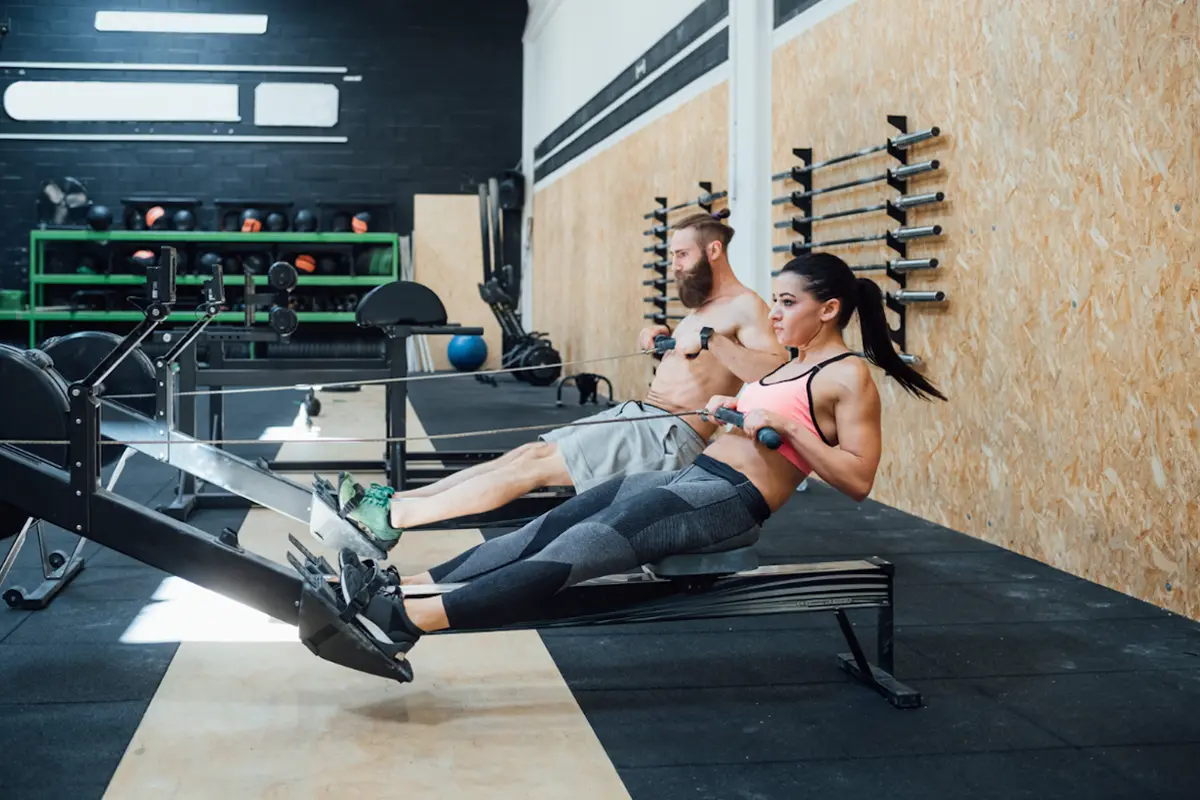
The "Raise" phase of the R.A.M.P. powerlifting method increases body temperature and heart rate and improves blood flow. This initial stage is foundational in shifting the body from a restful state to one of active readiness, which is crucial for the demanding nature of powerlifting.
- Activities in this phase include light cardiovascular exercises. Options such as jogging, cycling, or rowing are ideal, as they engage multiple muscle groups while being low-impact. These exercises effectively stimulate the cardiovascular system, enhancing blood circulation, especially to the primary muscles involved in powerlifting.
- Elevating the body's temperature through these exercises offers several physiological benefits crucial for powerlifting. A warmer muscle is more elastic and less prone to strains, a key consideration when preparing for heavy loads of any given workout. Furthermore, the improved blood flow ensures muscles are well-supplied with oxygen and nutrients, setting the stage for the demands of intense physical activity.
- In addition to its physical benefits, this phase also aids in mentally preparing lifters, promoting mental strength. The transition from daily activities to a focused training mindset begins here. As the body physically warms up, lifters mentally tune into their technique and the training session ahead.
Step 2: Activate
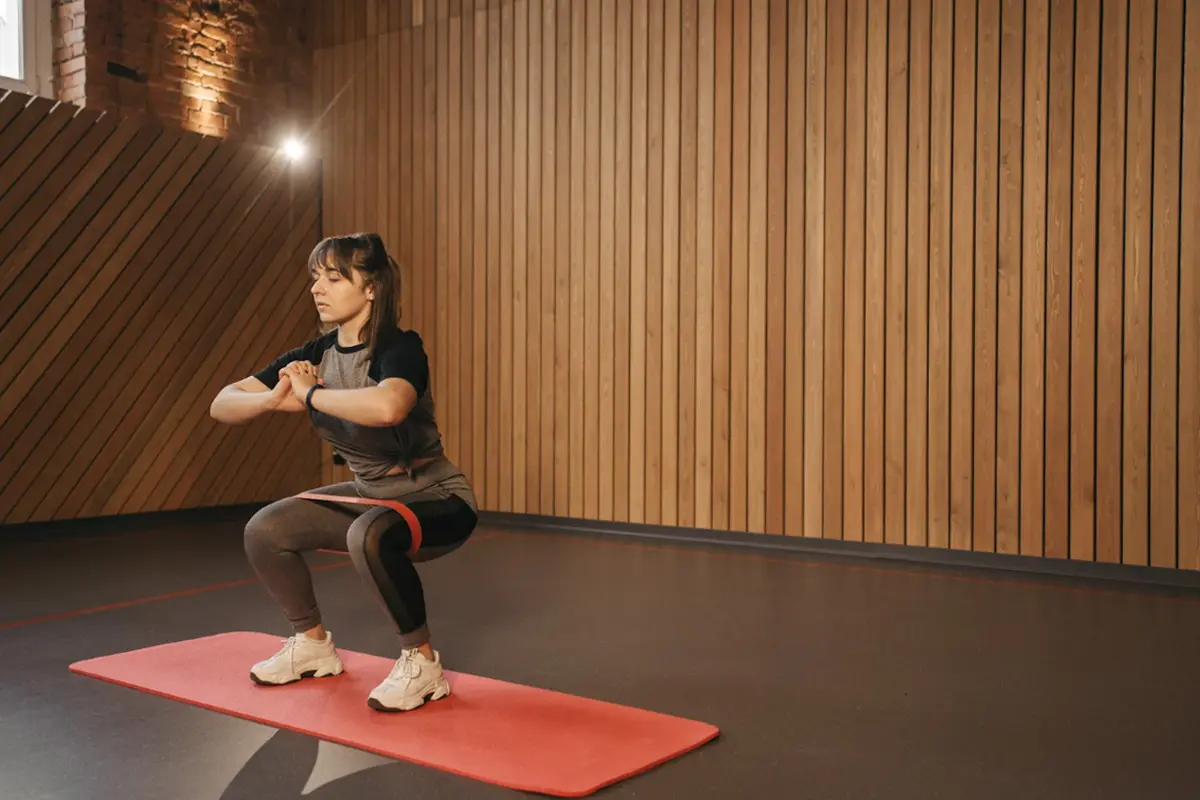
In the "Activate" phase of the R.A.M.P. method, the focus shifts to explicitly activating the critical muscles crucial to powerlifting. This phase prepares the muscles for the squat, bench press, and deadlift—the core lifts in a powerlifting competition.
- The activities in this stage involve movements that directly target and engage the muscles used in these lifts. Bodyweight squats help activate the quadriceps, glutes, and hamstrings, vital for both squat and deadlift movements. A light bench press with an empty barbell targets the pectorals, deltoids, and triceps, which are essential for the bench press. Deadlifts with an empty barbell engage the lower back, glutes, hamstrings, and forearms.
- Muscle activation is critical for improved performance in powerlifting for several reasons. It helps establish a mind-muscle connection, which is essential for executing lifts with proper technique. When lifters are more aware of the specific muscles at work, they can better control and utilise them during their lifts.
- Activating muscles ensures that they are ready to produce force efficiently. When properly activated, muscles are more responsive and capable of generating the power and strength required for lifting heavy weights.
- This enhances performance and plays a significant role in injury prevention. Active muscles are more prepared for the stress of heavy loads, reducing the risk of muscle strains and other related injuries.
- Muscle activation helps in reinforcing the neuromuscular patterns needed for powerlifting. By practising the movements with lighter weights or body weights, lifters can fine-tune their technique, which is crucial for executing heavier lifts safely and effectively.
Step 3: Mobilize
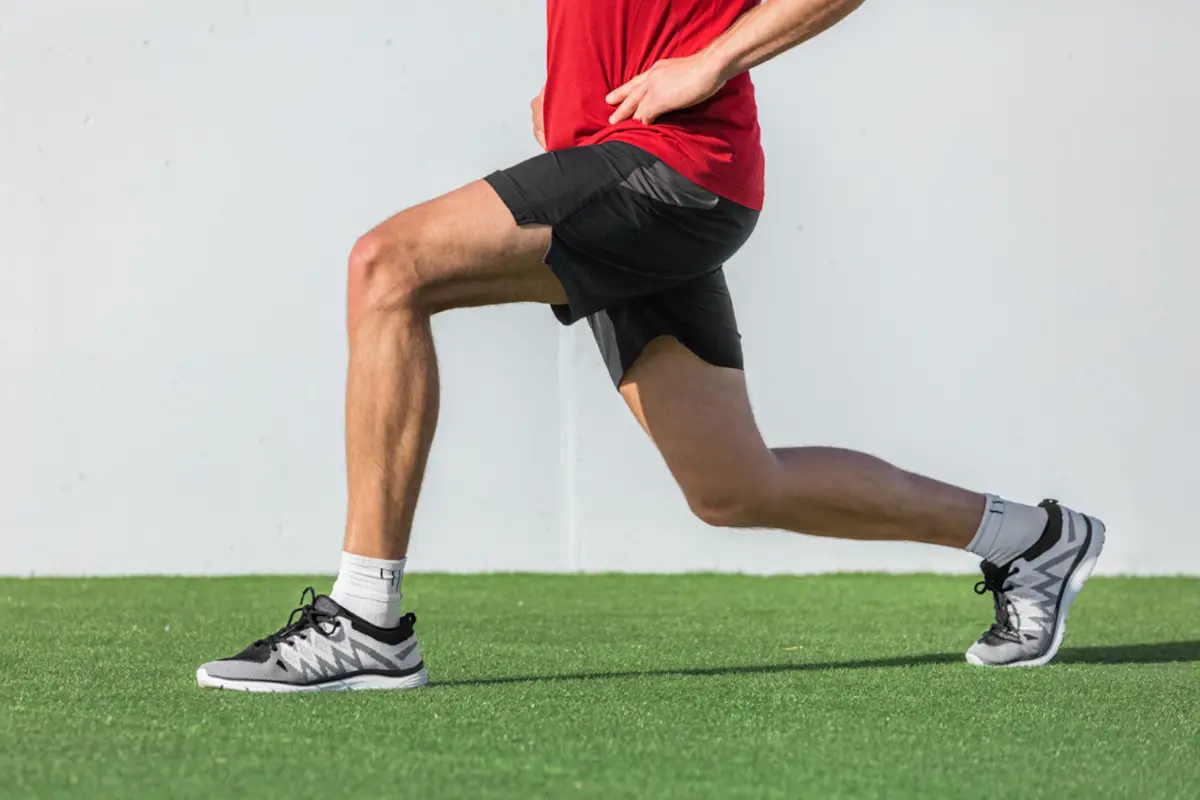
The Mobilization phase in the R.A.M.P. method focuses squarely on enhancing the range of motion and flexibility, which are critical components for any powerlifter. This phase involves dynamic stretching and mobility exercises designed to address the major muscle groups and joints integral to powerlifting and their ranges of motion.
- During this phase, exercises like lunges with a twist for hip mobility, arm circles for shoulder mobility, and knee-to-chest stretches for lower back and hip mobilization are chosen. Unlike static stretching, these dynamic activities focus on muscle stretching and joint mobility specific to powerlifting movements.
- A 2015 systematic review by McCrary et al. concluded that there is strong research-based evidence that high-load dynamic warm-ups enhance power and strength performance.
- The importance of mobility work for powerlifters cannot be overstated. Improved joint range of motion and flexibility significantly help prevent injuries during heavy lifts. Well-lubricated joints and flexible muscles reduce the risk of common injuries from heavy lifting.
- Enhanced mobility significantly affects powerlifters' lifting technique. Good mobility enables deeper squat positions and improved posture during deadlifts and bench presses, enhancing lift effectiveness and safety.
- Furthermore, mobility work helps address any imbalances or tightness in the body, which are common in powerlifting due to the sport's nature. By focusing on these areas, lifters can ensure that their bodies are symmetrically prepared for the demands of lifting, which is crucial for long-term sustainability in the sport.
Step 4: Potentiate
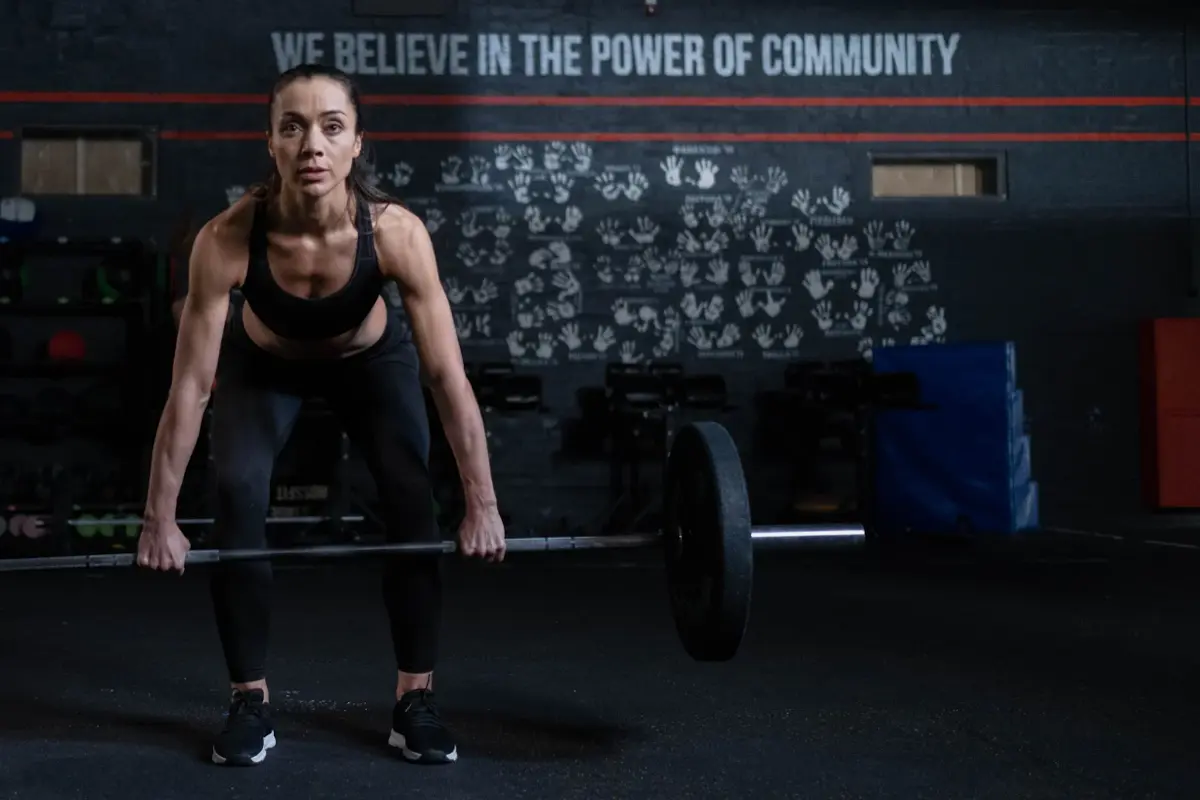
The final stage of the R.A.M.P. method, "Potentiate," is tailored to prepare the body for the high-intensity lifting that characterizes powerlifting training sessions.
- The activities in this phase involve starting with light weights and incrementally moving towards the workout-specific weights used in the main lifting session. This progression might begin with lifting an empty barbell and adding small weight increments, mirroring the movements and weights used in the actual workout. The idea is to slowly increase the load on the muscles, preparing them to handle heavier weights.
- Practice lifts are critical in preparing both physically and mentally for the workout. These lifts should closely mimic main exercises like squats, bench presses, and deadlifts at increasing weights, ensuring readiness for the workout.
- The potentiation phase optimizes muscle performance and neuromuscular readiness by gradually increasing loads. This adaptation improves muscles' recruitment of necessary motor units for heavy lifts, which is crucial for powerlifting, where generating maximum force quickly is essential.
- This phase helps enhance the rate of force development (R.F.D.), a critical factor in powerlifting performance, by progressively loading the muscles.
- Moreover, the potentiation phase helps improve the lifter's technique by allowing them to adjust their form under heavier loads. This ensures they are physically and mentally prepared for training or competition.
- This phase prepares the central nervous system (C.N.S.) for heavy loads. The gradual increase in intensity helps prim the C.N.S., making it more efficient at sending signals to the muscles. This heightened state of C.N.S. readiness is critical for performing high-intensity lifts, where rapid and coordinated muscle contractions are necessary.
Example RAMP Warm Up for Powerlifting
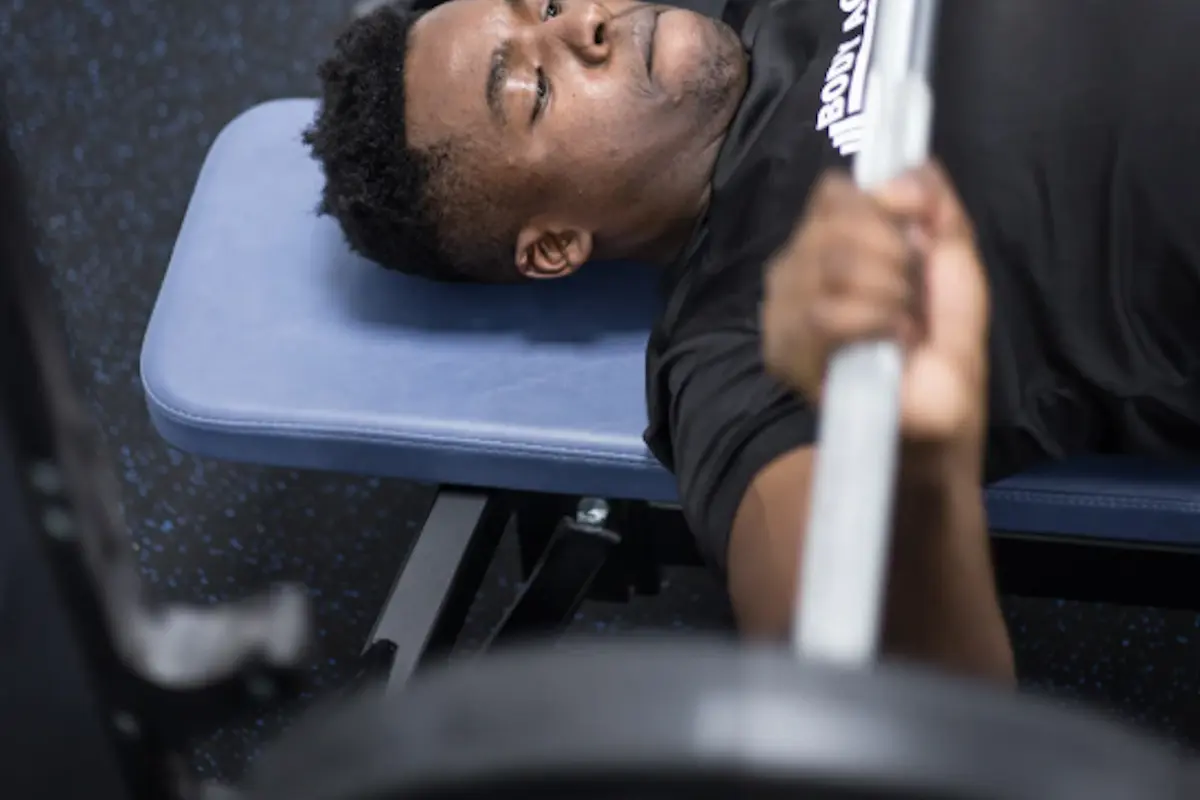
Raise: Elevating Body Temperature and Heart Rate
- Start with a light 3-minute jog on the treadmill or a stationary bike session. The goal is not to exhaust but to gently elevate the heart rate and body temperature.
- Follow this with a couple of minutes of jumping jacks or skipping rope to engage different muscle groups and raise your temperature further.
Activate: Muscle Activation
- Begin with bodyweight squats (10-15 reps) to activate the lower body, focusing on depth and form.
- Continue with push-ups (10-15 reps) or light bench press with an empty barbell to activate the chest, shoulders, and triceps.
- Perform bent-over barbell rows with a light weight to activate the back and biceps.
- Use resistance bands for shoulder activation exercises like band pull-aparts or face pulls (10-15 reps).
Mobility: Enhancing Flexibility and Range of Motion
- For hip mobility, perform dynamic stretching exercises like leg swings (front-to-back and side-to-side).
- Include arm circles and shoulder stretches to mobilize the upper body.
- Do walking lunges with a torso twist to combine lower body stretching with core mobility.
- Incorporate ankle and wrist rotations to ensure smaller joint mobility.
Potentiate: Preparing for High-Intensity Lifting
- Begin with light squats, progressively adding weight in each set, moving closer to your working set weight.
- For the bench press, start with an empty bar and gradually add weight, focusing on form and explosive power.
- Do a few deadlifts with increasing weight, concentrating on engaging the correct muscle groups.
- Visualize the upcoming lifts between these sets, mentally preparing for the workout's intensity.
Conclusion: R.A.M.P Warm Ups
The R.A.M.P. method, encompassing the four critical phases of Raise, Activate, Mobilize, and Potentiate, forms a comprehensive and structured approach to powerlifting warm-ups using specific exercises.
"Using the acronym RAMP, we can create a purposeful way to prep for each session and aid a longer-term development,” says Stanton. “A RAMP model is the most scientifically proven to prepare your body optimally", says Chris Stanton, Third Space Performance Master Trainer and triathlete coach.
Frequently Asked Questions
How long should a RAMP warm-up typically take?
A complete RAMP warm-up usually takes about 10-15 minutes, depending on individual needs and workout intensity.
Can beginners use the RAMP method, or is it only for advanced powerlifters?
The RAMP method is beneficial for powerlifters of all levels. It helps beginners establish proper warm-up habits and prevents injuries.
Do I need special equipment to perform a RAMP warm-up?
Most RAMP warm-up exercises require minimal equipment, typically just a resistance band, an empty barbell, and access to a small space for dynamic movements.
How does the RAMP method differ from traditional warm-up routines?
Unlike traditional warm-ups, the RAMP method provides a systematic, science-backed approach that progressively prepares the body for lifting by addressing temperature, muscle activation, mobility, and neuromuscular readiness.
Can the RAMP warm-up help prevent injuries?
The RAMP method significantly reduces injury risk by gradually preparing muscles, improving flexibility, and ensuring proper technique before heavy lifting.
References
- Eken, Ö., Clemente, F. M., & Nobari, H. (2022). Judo specific fitness test performance variation from morning to evening: specific warm-ups impacts performance and its diurnal amplitude in female judokas. BMC Sports Science, Medicine and Rehabilitation, 14(1), 92
- McCrary, J. M., Ackermann, B. J., & Halaki, M. (2015). A systematic review of the effects of upper body warm-up on performance and injury. British Journal of Sports Medicine, 49(14), 935-942.
- Fradkin, A. J., Zazryn, T. R., & Smoliga, J. M. (2010). Effects of warming-up on physical performance: a systematic review with meta-analysis. Journal of Strength and Conditioning Research, 24(1), 140-148.
- Racinais, S., Cocking, S., & Périard, J. D. (2017). Sports and environmental temperature: From warming-up to heating-up. Temperature, 4(3), 227-257.
- Sanchez-Sanchez, J., Rodriguez, A., Petisco, C., Ramirez-Campillo, R., Martínez, C., & Nakamura, F. Y. (2018). Effects of Different Post-Activation Potentiation Warm-Ups on Repeated Sprint Ability in Soccer Players from Different Competitive Levels. Journal of Human Kinetics, 61, 189-197.